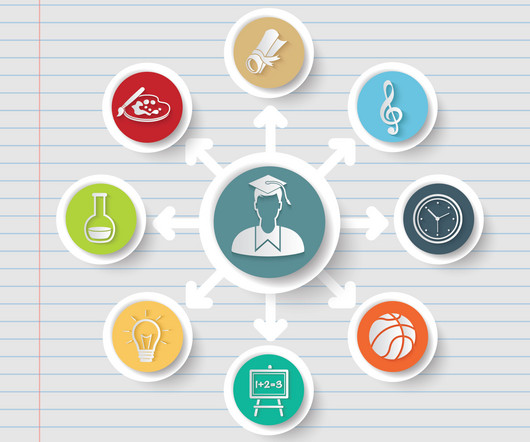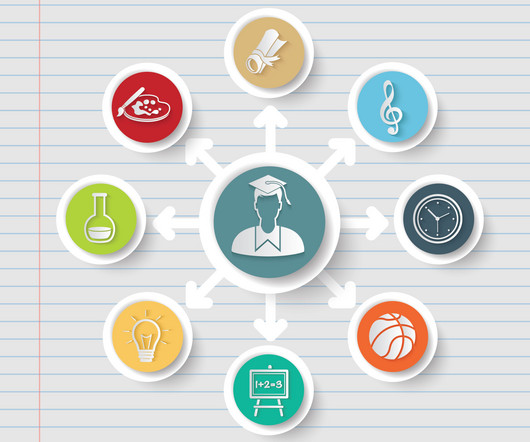Personalized Learning, Global Citizenship: A Framework for the Modern Classroom
k12 Digest
JUNE 23, 2025
For instance, at B.School, we designed a cross-subject project around the theme “Our Green Neighborhood,” where students from Grades 3 to 5 explored science (recycling, energy use), math (data collection), and language arts (report writing and public speaking) through hands-on fieldwork and community interviews. Who might be left out?





















Let's personalize your content